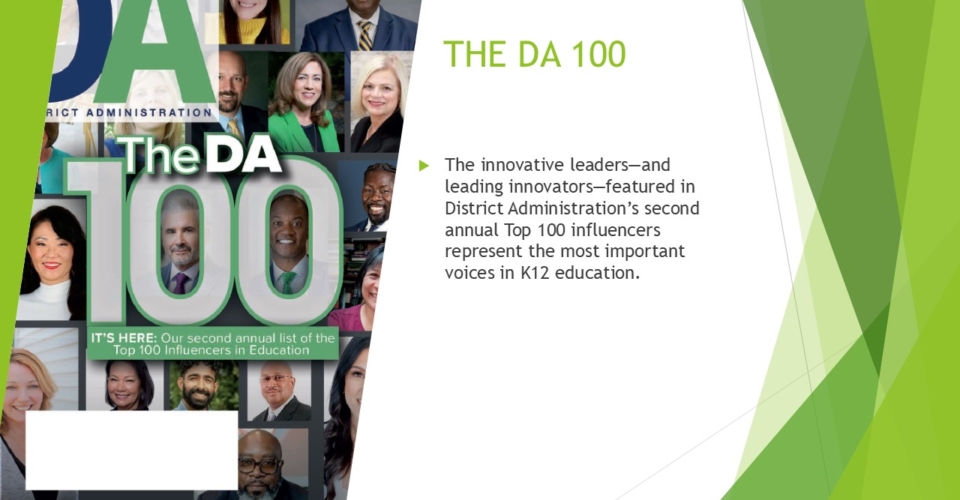Here’s an example of how ESSER spending is paying off in Denver’s schools as superintendents and their teams all across the country work to use COVID relief to produce real academic gains.
Many districts have directed ESSER spending toward extended learning time, and Denver is no different as the district has beefed up its Summer Connections program. “We’ve been able to analyze students who were part of summer programming—none of them experienced a summer slide or regressions,” says Bernard McCune, Denver Public School’s associate chief of academics.
The district is also seeing success, based on pre- and post-program assessments, from the extensive tutoring it has added and career-oriented initiatives such as Generation Teach, which introduces high school students to the education profession. Both academic recovery efforts have been boosted by ESSER spending. “The ESSER money is a lot, but it’s not as much as everybody thinks,” McCune adds. “Everyone thinks that schools are just flush with money and they throw everything at schools without intentionality. What we’ve done is use ESSER as an opportunity to innovate with some things.”
Another key to K12 ESSER spending is intentionality and outreach. The perception that schools aren’t using the relief funds fast enough may have arisen because many district leaders didn’t go on an immediate spending spree when the money arrived. Instead—this is the route Denver has taken—many administrators sought input from stakeholders and enhanced their curriculums with programs and practices with the highest potential to produce positive results.
“People will spend the money, for us it’s about spending on things that are most impactful for students and schools,” says McCune. “We have to be very intentional, we have to be good stewards. We heard from stakeholders that we should use these resources in a way that would allow real innovation and change.”
Denver is using outcomes-based contracting in its latest vendor partnerships to hold companies more accountable for their products and services. “We don’t pay for what they say they’re gonna do; we pay for what they actually do,” he explains. “We want them to believe in themselves as much as they’re asking us to believe in them.”
More from DA: A historic hire, a forcible exit and 2 more fired superintendents
When it comes to curriculum and edtech, Denver Public Schools has added digital learning platforms such as DiscoveryEd to ensure all students now have access to learning content, regardless of whether they’re in-person or remote, and to prevent lack of transportation or related issues from interfering with instruction. “A ton of terrible things resulted from the pandemic but it did push us to build our muscle around technology and remote education,” McCune says.
ESSER spending gains
Promising signs of academic recovery are emerging as schools progress farther away from the lowest points of the pandemic. As of the middle of this school year, more students were on track to learn to read than there were in the middle of 2021–22, though the overall numbers remain below pre-pandemic norms, according to the latest research by assessment and curriculum company Amplify.
Achievement gaps between Black and Hispanic students and their white and Asian classmates have narrowed and are now smaller in some grades than they were before COVID. Yet that data also shows the greatest learning losses in early literacy are concentrated in grades 1–3. Third graders have been the most impacted, having shown no improvement this year compared to last, according to Amplify.



